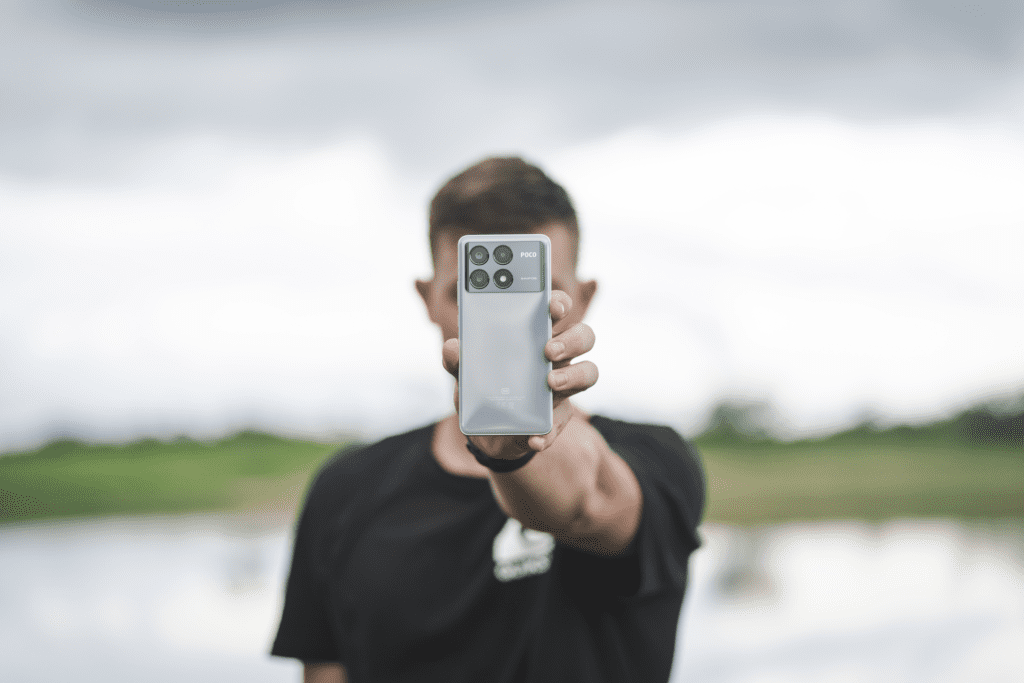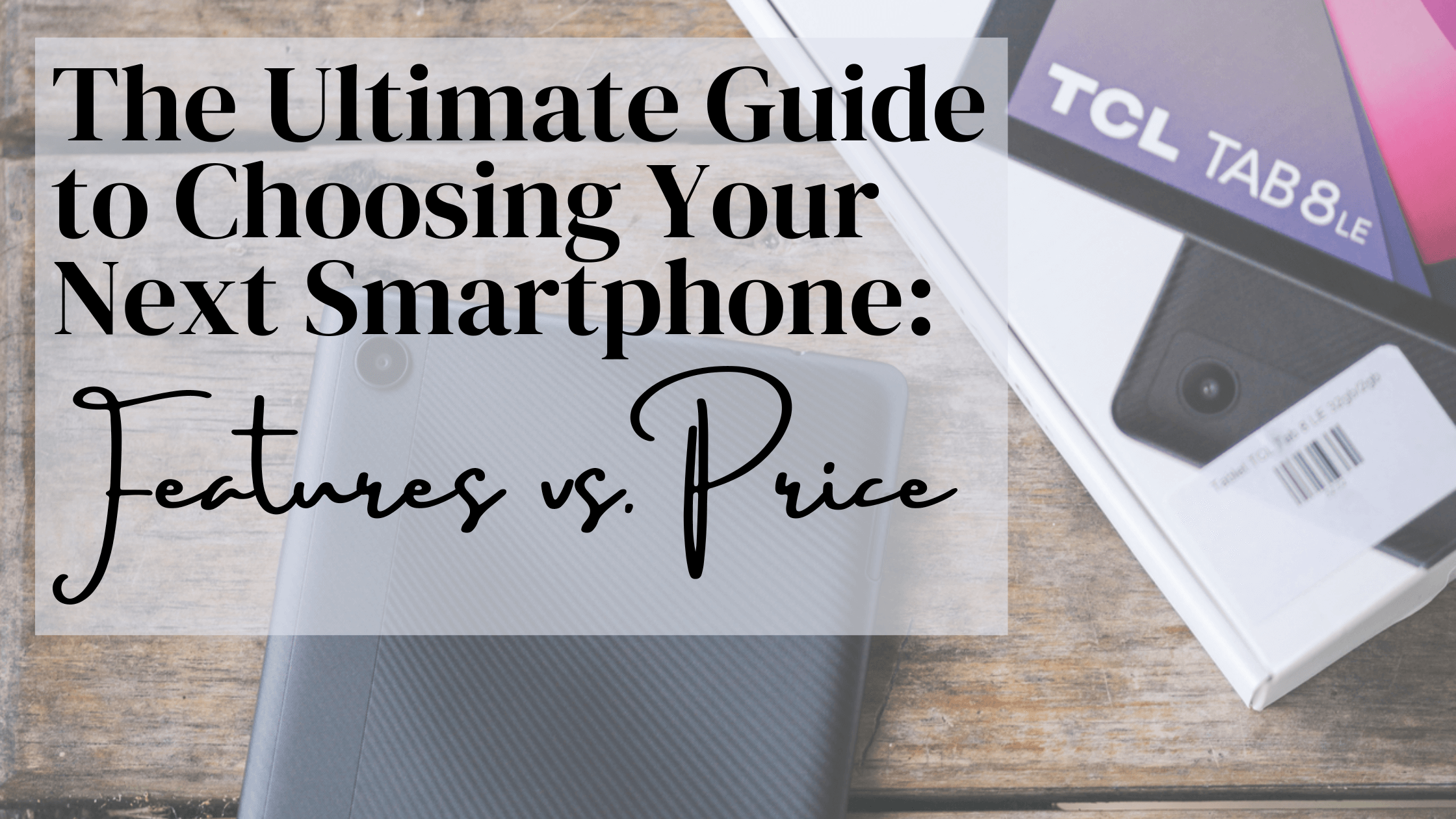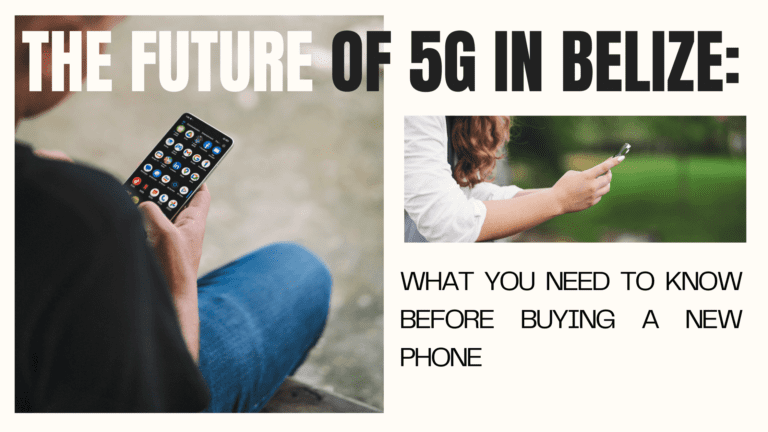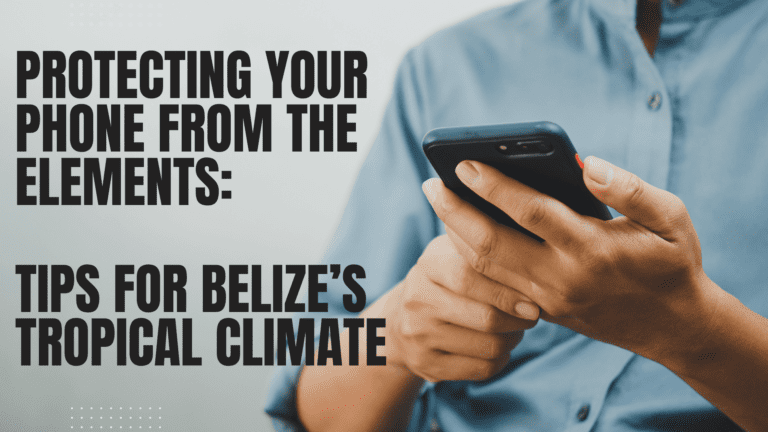The Ultimate Guide to Choosing Your Next Smartphone: Features vs. Price
Buying a new smartphone can feel overwhelming, especially when there are so many models and features out there. You’re scrolling through options, comparing cameras, screen sizes, and battery life, and it’s easy to get stuck wondering if you need all those extra features. But at the end of the day, you want a phone that works for you, without breaking the bank.
So how do you decide? Let’s break it down—because choosing the right smartphone is all about finding the balance between features and price. Here’s a quick guide to help you out.
1. What Do You Need Your Phone to Do?
First things first—think about what you use your phone for. Do you need it for work? Are you constantly snapping photos or recording videos? Or maybe you just need something to browse social media, stream videos, and chat with family.
If you’re using your phone for basic tasks—like calling, texting, and light social media use—you don’t need to go all out and buy the most expensive phone out there. A mid-range device will likely do the trick. For those who rely heavily on their phones for work or content creation, investing in a model with a better camera, faster processor or more storage might be worth it.
Pro Tip: If you’re not sure what you need, think back to your current phone. What do you love about it? What bugs you? Let that guide your next choice.

2. Camera Quality: How Important Are Those Photos?
Let’s be honest—most of us use our phones as our primary camera. Whether you’re capturing sunsets on the beach, posting selfies on Instagram, or documenting your travels, camera quality has become a major factor in choosing a phone.
If photography is important to you, look for phones that offer high megapixels, optical zoom, and good low-light performance. Phones like the iPhone 14 or Redmi Note 13 Pro+ are known for their exceptional cameras and are worth the extra bucks if taking photos is a top priority for you.
On the other hand, if you’re more of a casual photographer who only takes pictures occasionally, you don’t need to splurge on a high-end phone. Most mid-range smartphones still offer solid cameras that will capture those everyday moments just fine.
3. Battery Life: The Unsung Hero
Battery life might not be the most glamorous feature, but it’s definitely one of the most important. After all, it doesn’t matter how great your phone is if it’s constantly running out of juice.
If you’re someone who’s always on the go or works long hours without access to a charger, pay attention to battery capacity. Phones with 4,500mAh or more will generally last you through the day, even with heavy usage. Models like the Samsung Galaxy S23 Ultra or Xiaomi’s phones are known for their large batteries and can keep you powered up for longer.
For lighter phone users, battery life may not be as critical. You can get by with smaller batteries and still enjoy a full day of use if you’re only using your phone intermittently.
4. Storage Space: More Than You Think You Need
When it comes to storage, it’s always better to have a little more than you think you’ll need. Between photos, videos, apps, and updates, storage space tends to fill up faster than you’d expect.
If you store a lot of media or use heavy apps, go for at least 128GB of storage, or even more if possible. Some phones even offer expandable storage with microSD cards, which is a great option if you don’t want to commit to a higher-priced model with more internal storage.
On the flip side, if you mainly use cloud storage or don’t keep a lot of files on your phone, 64GB might be enough for your needs. Just be prepared to manage your space more carefully if you opt for less storage.

5. Durability and Design: Do You Need a Tank?
Belize isn’t exactly known for gentle weather all the time, and if you’re someone who spends a lot of time outdoors or just tends to be a bit rough with your phone, durability should be a top consideration. Look for phones with water resistance, sturdy build materials, and Corning Gorilla Glass for extra protection.
If you’re all about sleek design, though, you might be more interested in how the phone looks and feels in your hand. Slim, lightweight phones with premium materials like glass backs or metal frames can be appealing if aesthetics are important to you. Just remember that these are usually more delicate than bulkier models.
6. Price: Finding the Sweet Spot
Finally, we get to the price. The best phone for you isn’t necessarily the most expensive one—it’s the one that fits your budget and lifestyle. Flagship phones from Apple and Samsung can easily cost upwards of $1,000, but there are plenty of great options for much less.
If you’re looking for a solid phone that doesn’t empty your wallet, mid-range devices like the Tecno Spark Go 2024, Samsung Galaxy A-series, or OnePlus Nord offer excellent performance at a lower price point. They may not have all the bells and whistles of their premium counterparts, but they’re still reliable and capable for most users.
For those who need the best of the best, splurging on a flagship phone might be worth it if you want the latest features, faster performance, and the highest-quality cameras. Just make sure you’re using those features—otherwise, you’re paying for more than you need.
Wrapping It All Up
At the end of the day, choosing your next smartphone comes down to finding that balance between what you need and what you’re willing to spend. Don’t get caught up in all the fancy features if you’re not going to use them—focus on the things that matter to you. Whether it’s a great camera, long battery life, or a price that doesn’t make your eyes water, there’s a smartphone out there that fits your needs.
At Plett’s Electronics, we have a range of smartphones for every budget and lifestyle. Whether you want the latest flagship model or a reliable budget option, we’re here to help you find the perfect phone. Stop by our store or visit our Facebook page for the latest deals, and let’s get you set up with a phone you’ll love!







